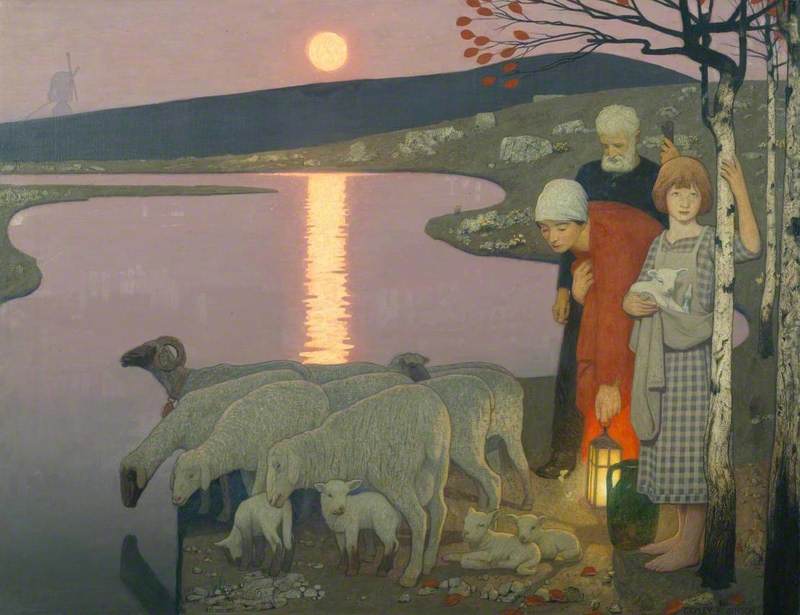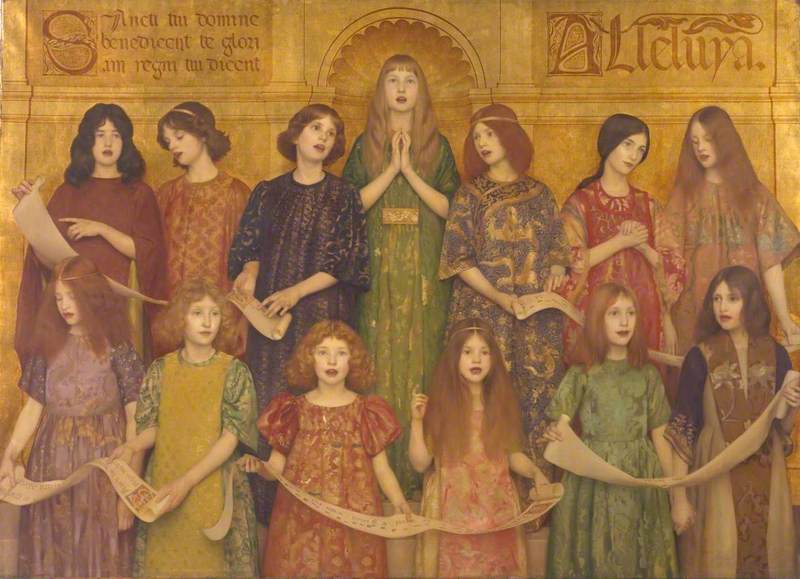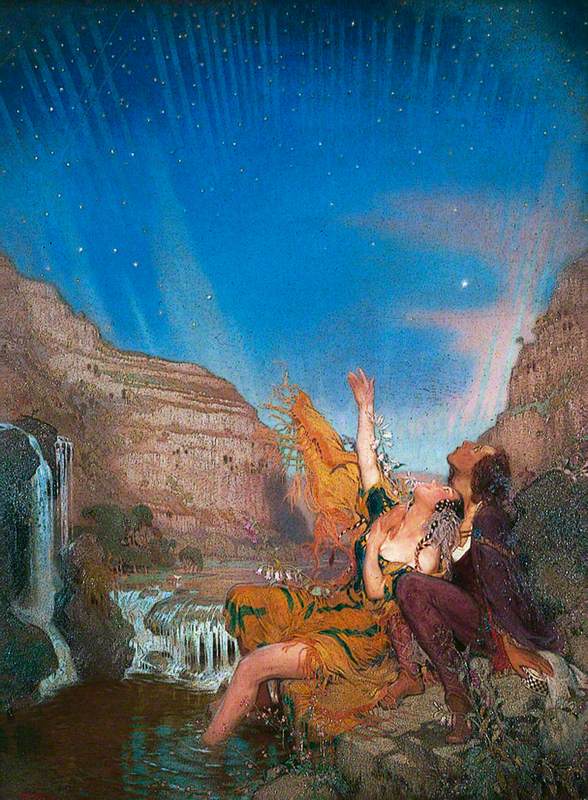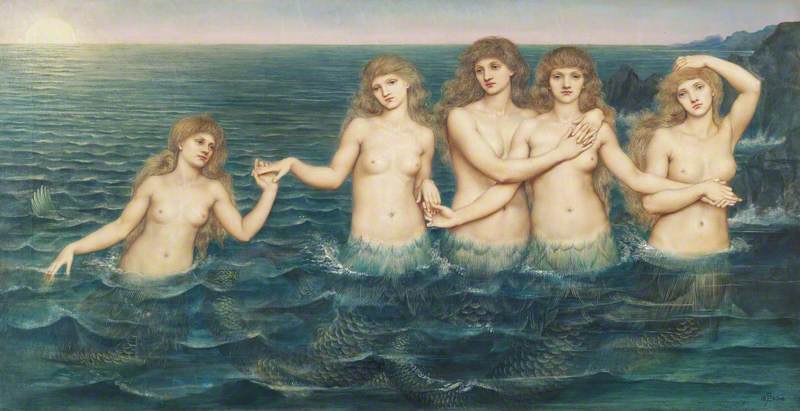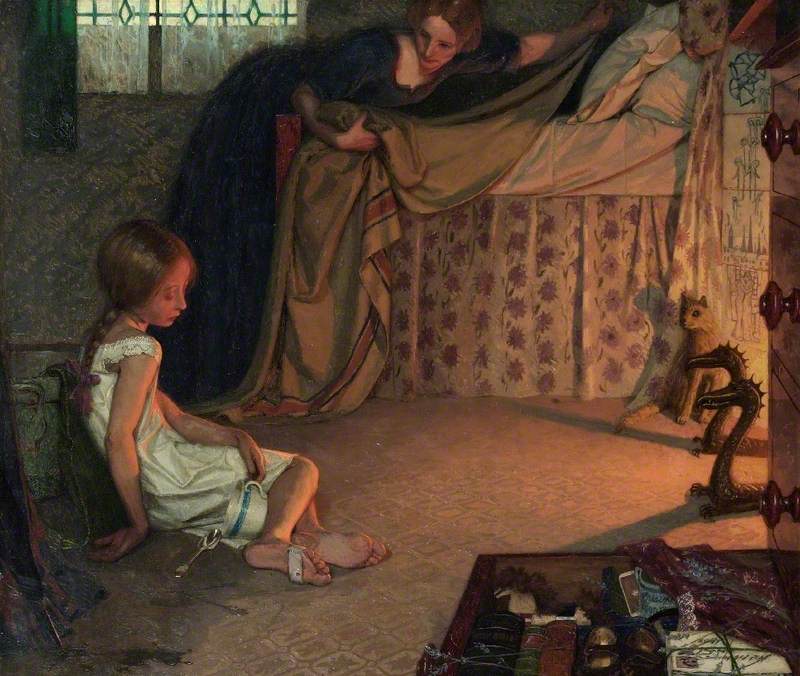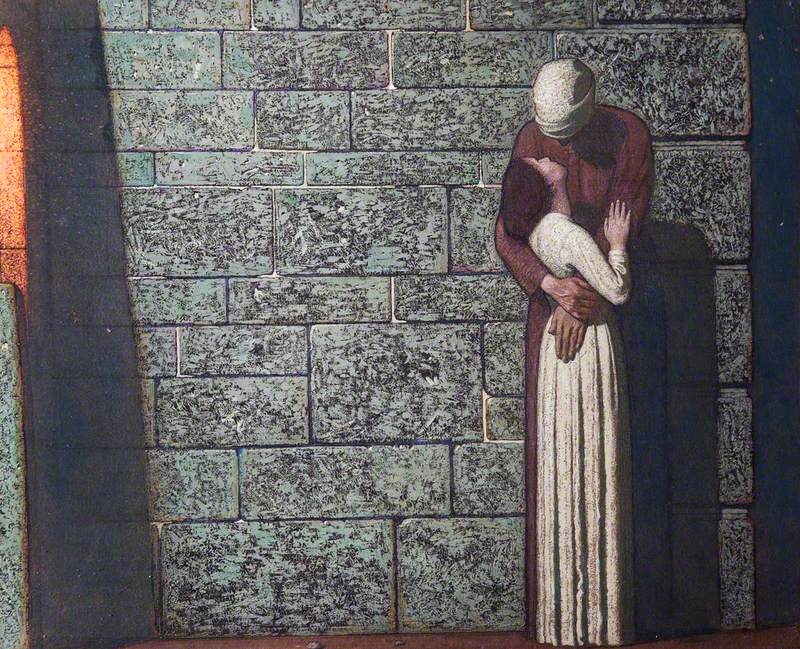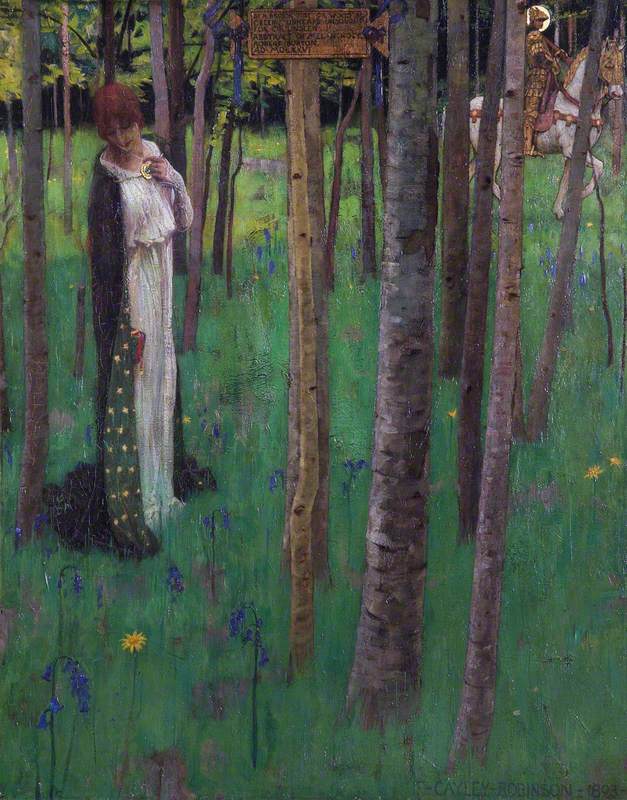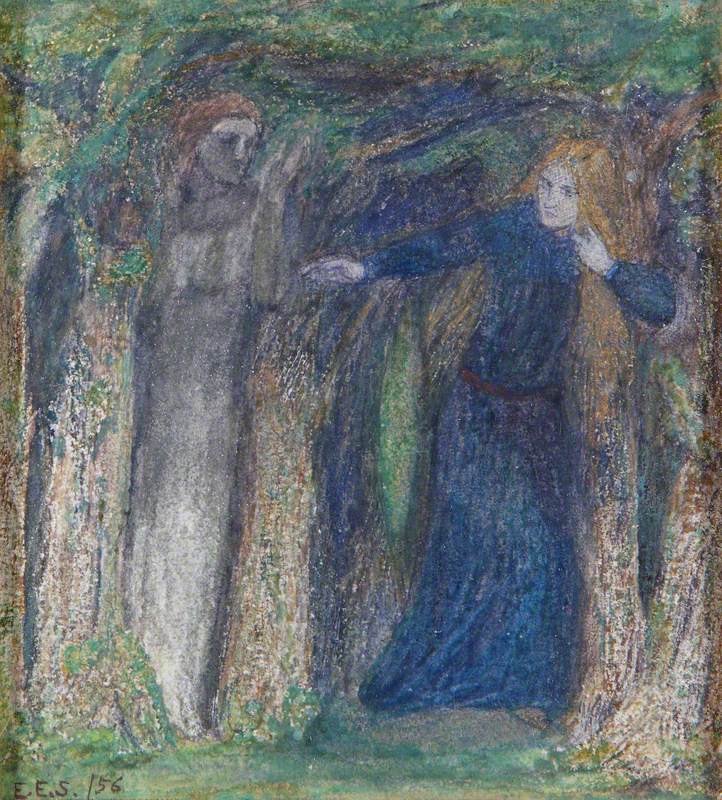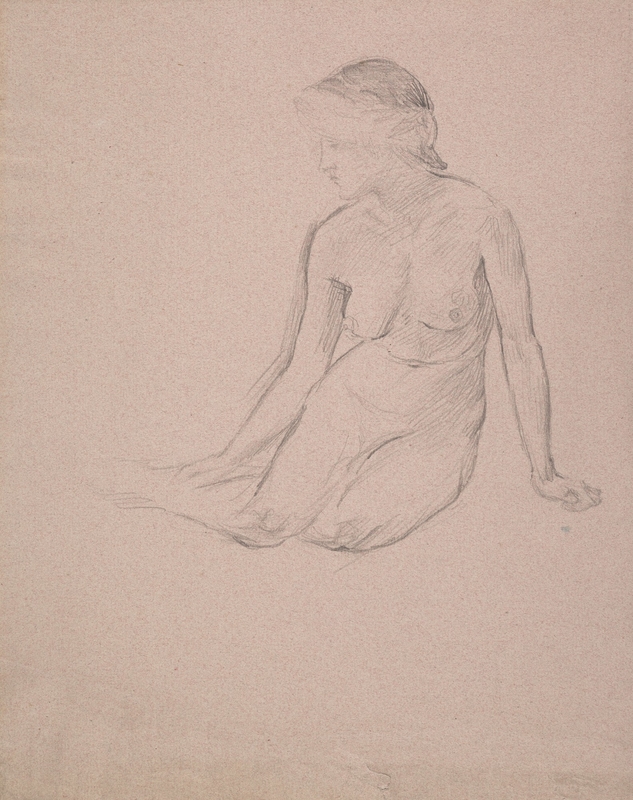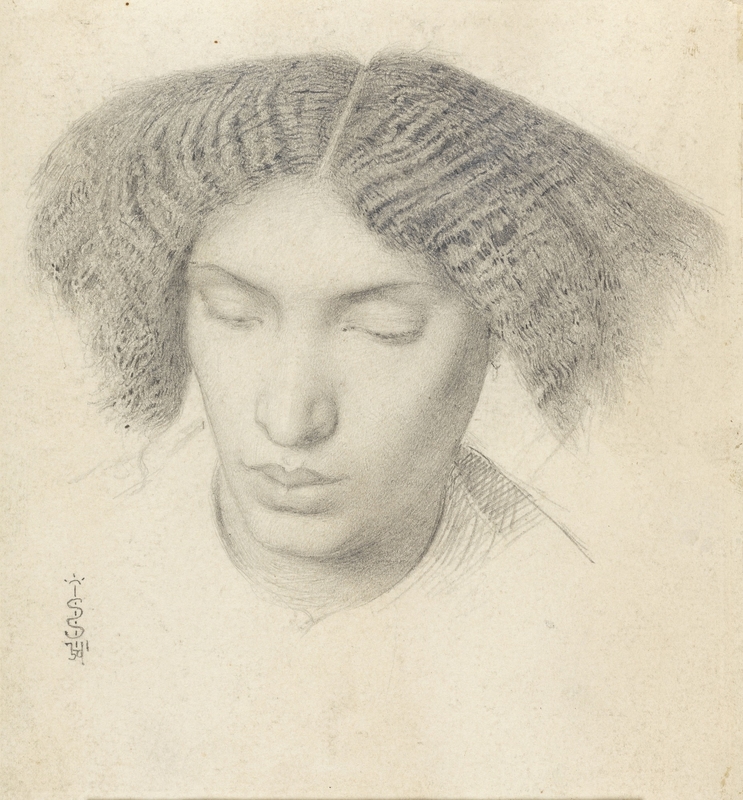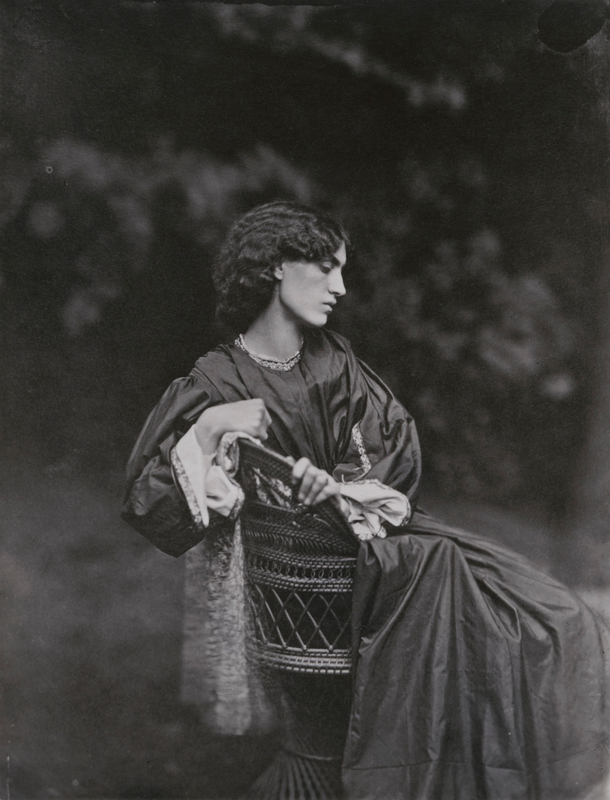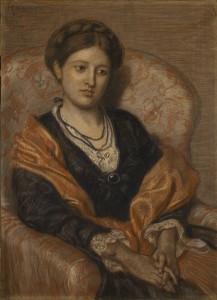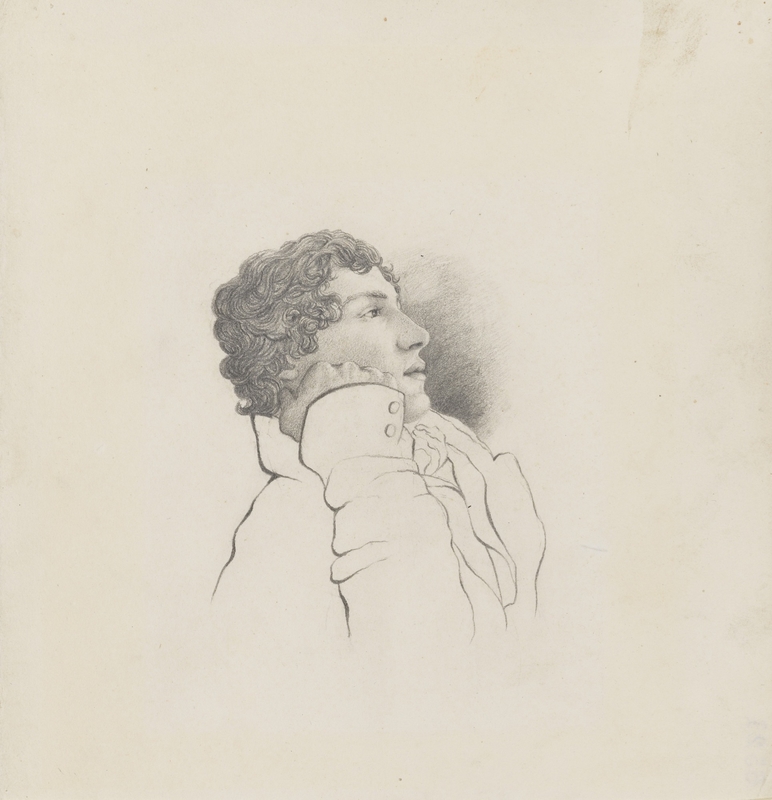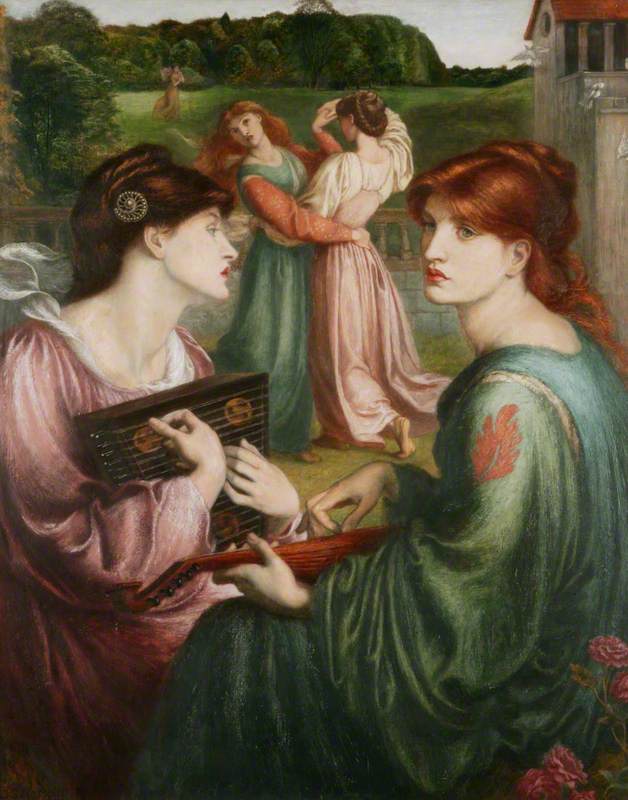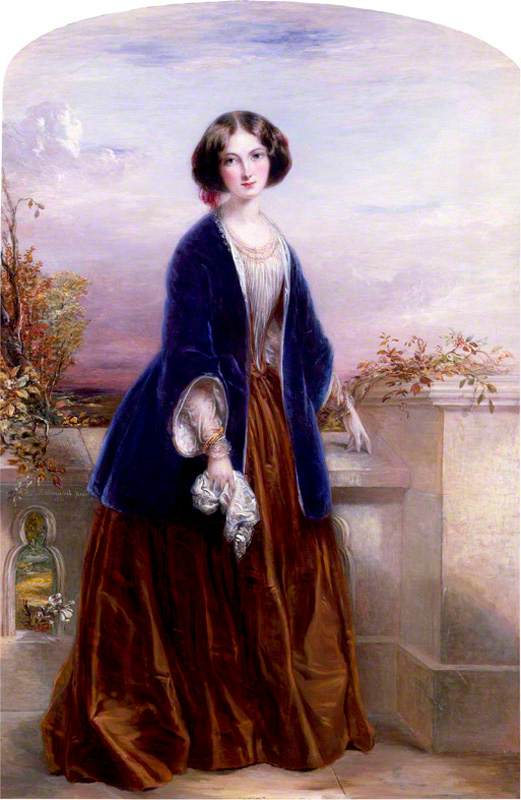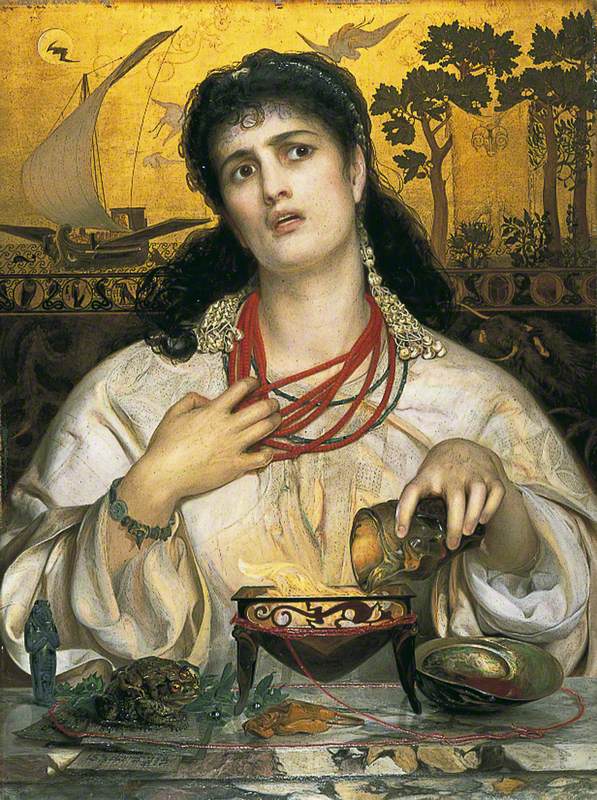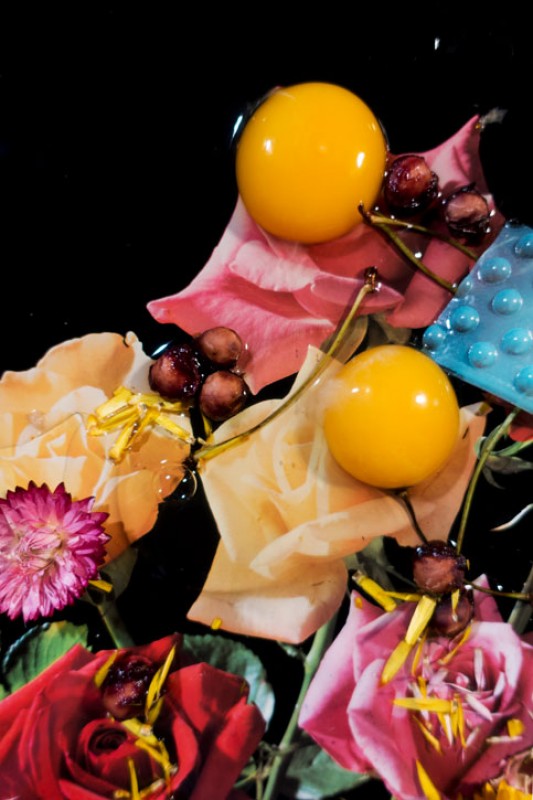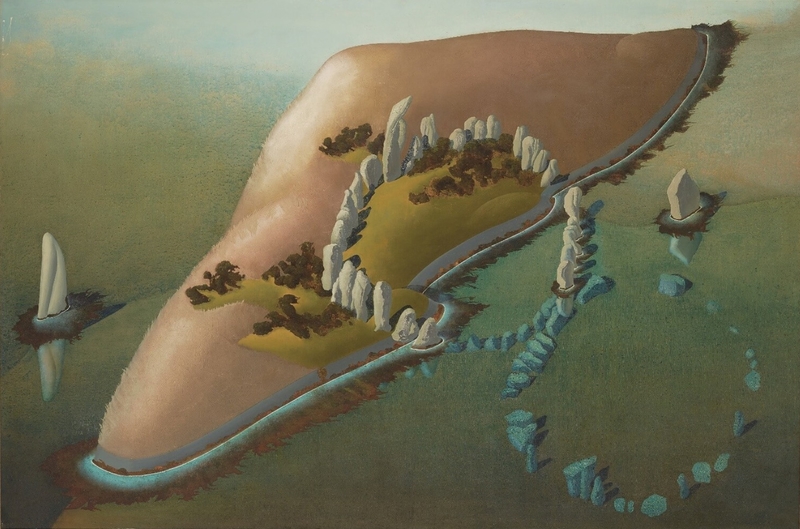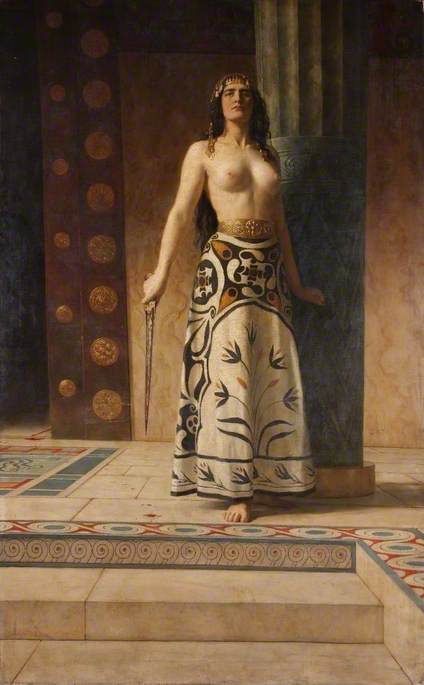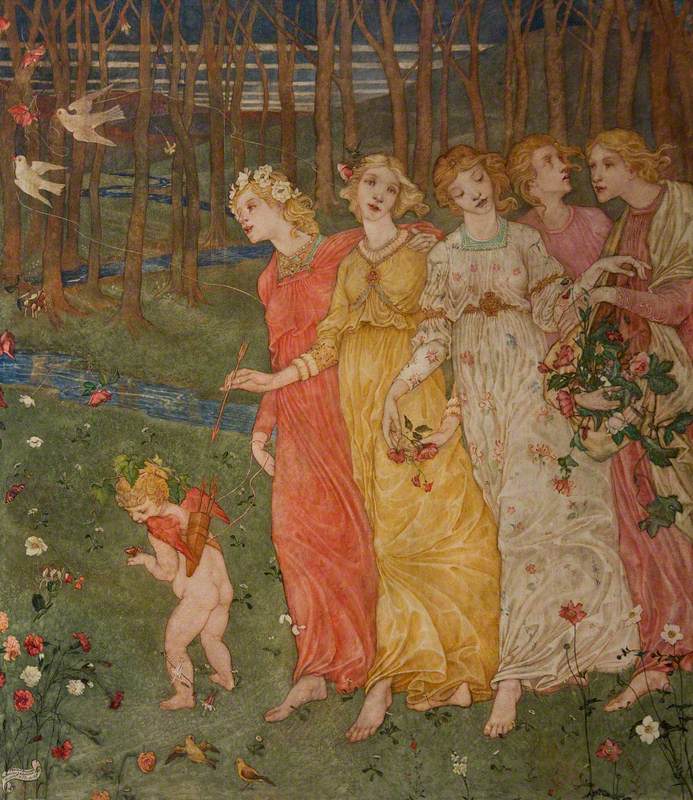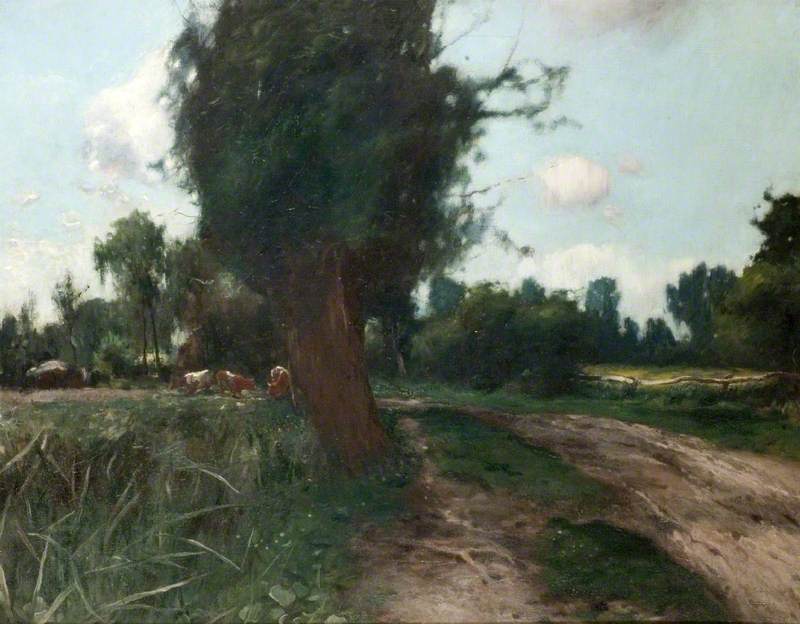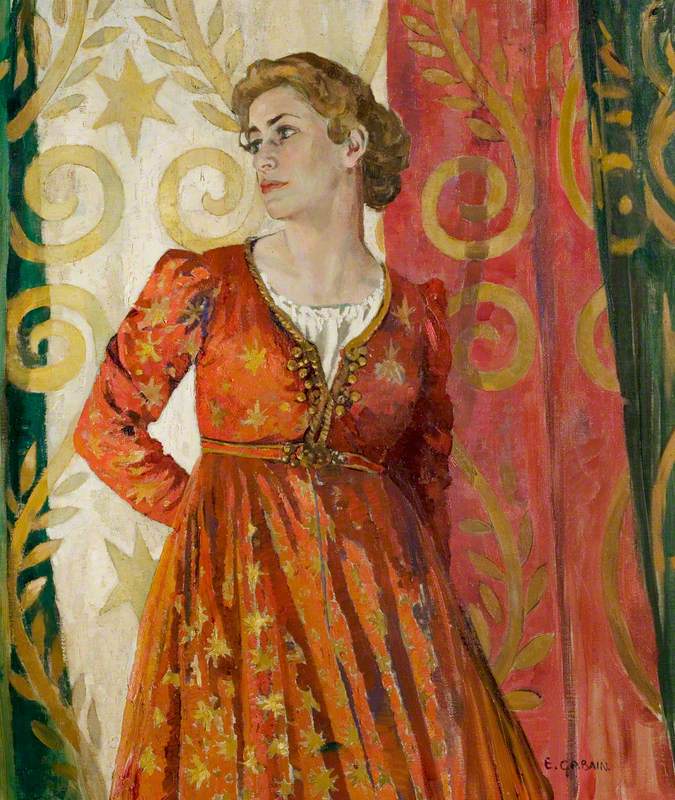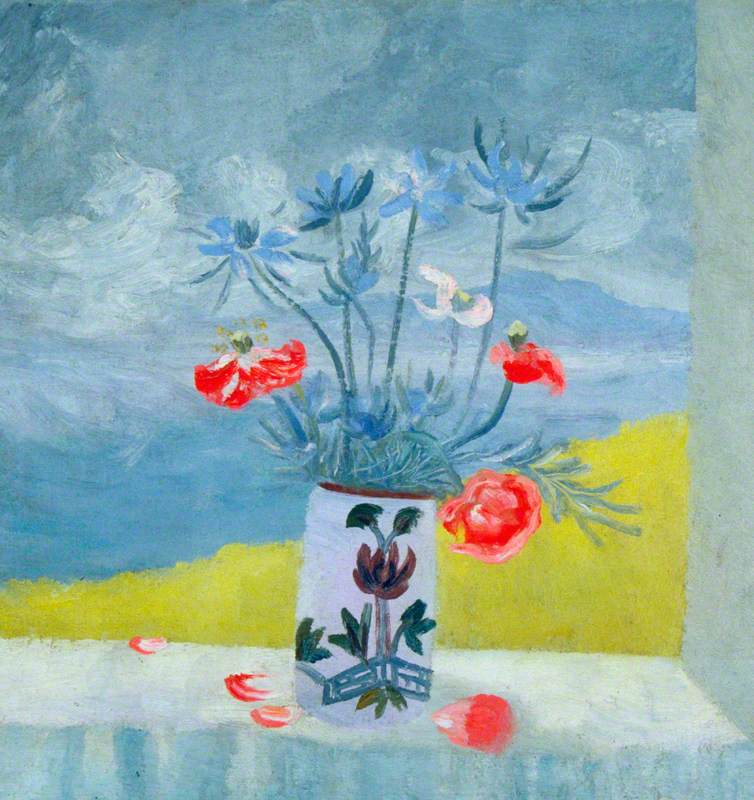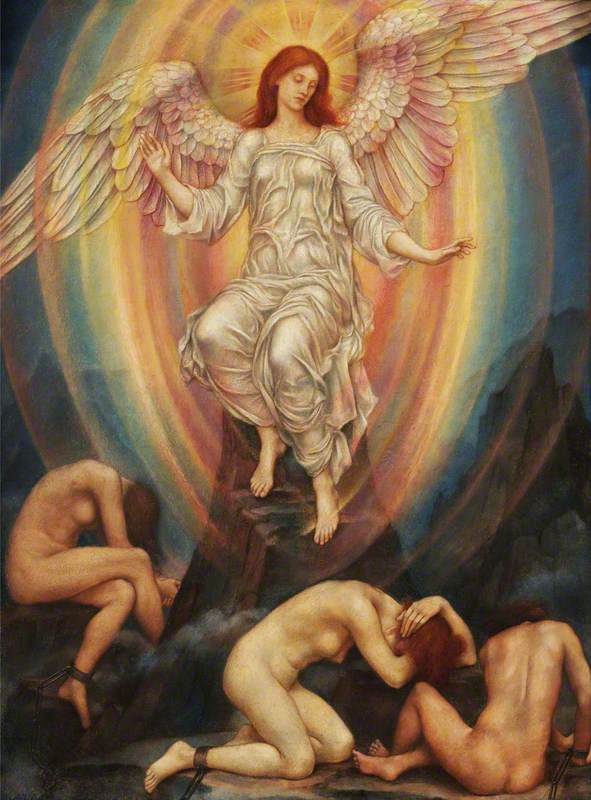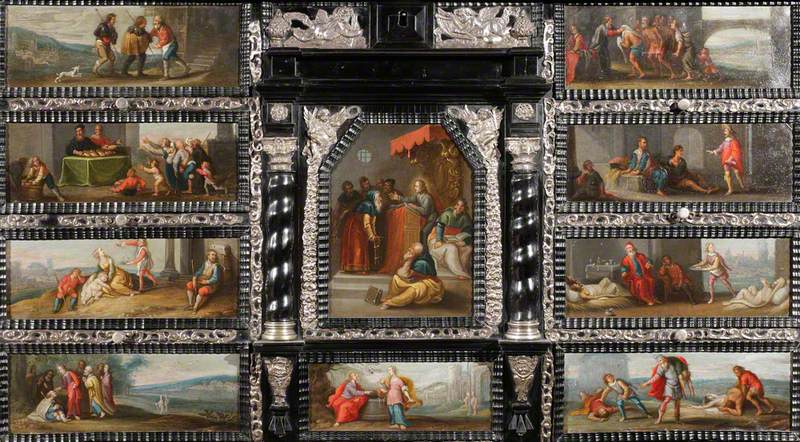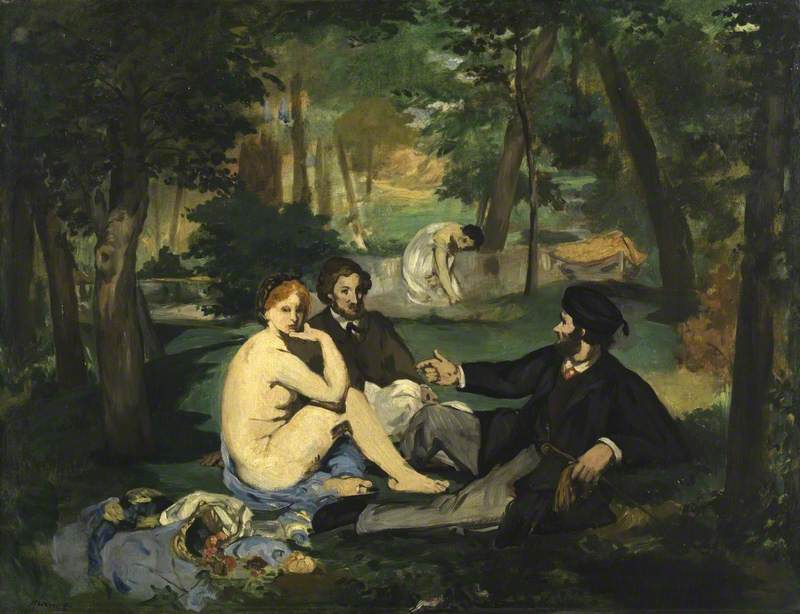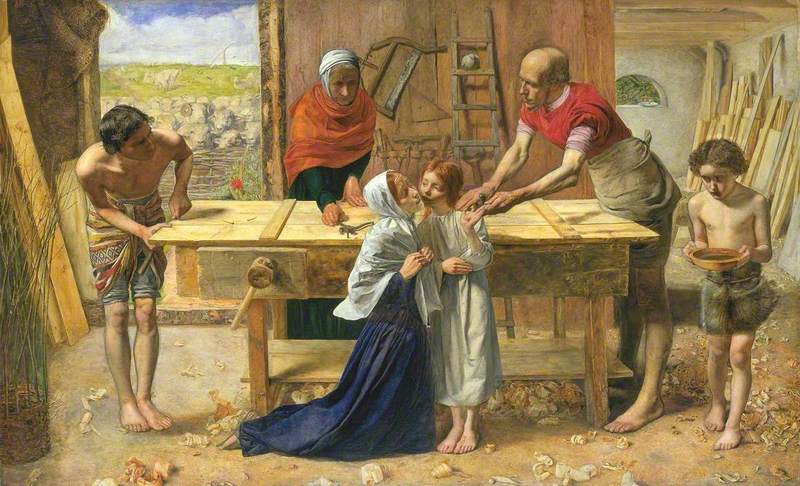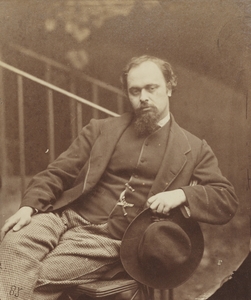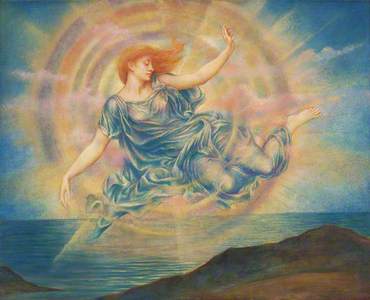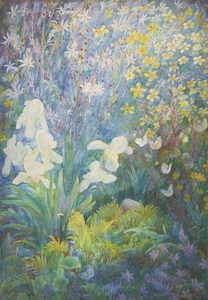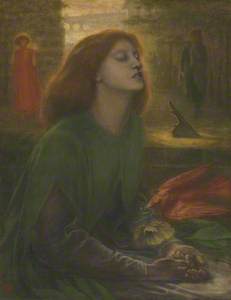The exhibition 'Modern Pre-Raphaelite Visionaries: British Art, 1880–1930' (13th May to 18th September 2022) originally opened at Leamington Spa Art Gallery & Museum but will reopen as 'Dreams and Stories: Modern Pre-Raphaelite Visionaries, British Art 1880–1930' at the Watts Gallery, Compton (18th October 2022 to 28th February 2023). It offers the chance to look afresh at paintings by forgotten artists.
By working with images from the Victorian era dealing with poetic, literary, fairy tale or religious subject matters, this exhibition brings together artists who came to be seen as out of their time, late or belated, the 'Last Pre-Raphaelites' or 'Last Romantics'.
Long overlooked as romantic dreamers, evading and hiding from the modern world, this exhibition showcases their engagements with modernity. As well as looking to the past – Victorian and Pre-Raphaelite ideas such as spiritual concepts – these paintings speak to the concerns of the modern age in which they were created.
The idea of reworking and reimagining ideas and images remains relevant today. Many series and films today look back with revivalism or nostalgia in order to approach important sociocultural themes. This approach, plus concerns with gender, spirituality, psychology and above all the sheer visual beauty of these artworks, ensures their enduring popularity and relevance today.
The Modern Pre-Raphaelites
The Modern Pre-Raphaelites were inspired by the works, artistic practices and ideals of the Pre-Raphaelite Brotherhood, which formed in London in 1848. Original members included Dante Gabriel Rossetti, William Holman Hunt and John Everett Millais, amongst others.
What united them was admiration for artworks created before the Renaissance master Raphael. They found sincerity and candour in these naïve or archaic artistic styles. Rossetti's artworks provide iconic visual forms which were pored over and reinvented over and over in the artworks of later artists. This should not be mistaken for slavish copying, but rather an emotive and sincere artistic practice of revival and reimagining.
The exhibition includes several watercolour paintings by Rossetti which feature Arthurian legend as well as a version of the Joan of Arc story.
Joan of Arc
1864, watercolour on board by Dante Gabriel Rossetti (1828–1882) 
This painting neatly bridges the past and present. It shows how Pre-Raphaelite imagery of saintly and powerful women was taken up and reimagined by the feminist suffrage campaigners and artists in the early twentieth century and demonstrates modern concerns with gender and representation.
Thomas Cooper Gotch's majestic Alleluia (exhibited 1896), stands out as an example of the Pre-Raphaelite revival.
Featuring his daughter Phyllis, idealised in the centre of the back row, a choir of singing girls are depicted against an emblazoned gold background and in a rainbow of sumptuous, textured brocade robes from across the British Empire.
The picture draws on Victorian ideas of innocence and girlish sweetness but also speaks to challenging contemporary concerns for the falling birth rate, national fitness and the Boer War (1899–1902). It endows girls with a new respect and stature, as 'girlhood' was, at the same time, becoming identified as its own distinct developmental experience and phase of life.
Spiritualities, symbolism and enchantments
The end of the nineteenth century is often described as a 'spiritual epoch', meaning there was a significant turn to the occult and a persistent yearning for the spiritual in various guises. Understandings of the universe which could not be provided by science or rational thinking formed a major response to troubling modern changes in technology, society, increasing psychological uncertainty and an ever-accelerating pace of life.
Pertinently, artists were entranced by many forms of mysticism, including Spiritualism, which sought to communicate with the dead, as well as Indian philosophy and the Theosophical movement, which enjoyed a revival.
The striking painting The Polar Star, painted as late as 1920, highlights the immense draw of wonder and enchantment in the Edwardian period.
Two figures gaze up in wonder, arms and legs outstretched, visibly absorbed with the emotional impact of witnessing the natural phenomenon of the Polar Star. Highly evocative and engaging the senses, the Romantic landscape of caves, craggy rocks, waterfalls and moonlit pools creates a sense of wonder. In a highly unique format, William Shackleton, whose works have largely fallen out of favour today, creates a spiritual work of art – heightening immediacy and visceral power in an approach described in his obituary as a 'fusion of sensuous and mystical elements.'
In Evelyn De Morgan's Evening Star over the Sea, a woman floats above a still blue sea in diaphanous robes that swirl in the wind.
Golden rings of light or energy radiate out from the central figure in a striking pattern of circles. These rings, created in subtle, textured paint are like echoes, suggesting sound or spiritual energies. The circular vortex reverberating out from the figure presents a unique design by the artist showcasing her use of radiant, lustrous colours. The rainbow of colours, shimmering in layers through and within the water, is a memorable technique typical of Evelyn's mature style.
The woman personifies the star also known as Venus – often represented in art as a beautiful woman – as a beacon leading viewers to a new dawn.
This study for a painting (which was never completed) is distinctive in attempting to capture spiritual forces visually. Evelyn and her husband, the potter William De Morgan, were believers in Spiritualism during a time when many were fascinated by unseen spiritual energies. There was a wealth of connections between womanhood and the spiritual energies of the sea, represented in art through mermaids, sirens and harpies.
A concern for representing the unknowable – rendering the invisible and intangible visible or visceral, in new ways – captivated many modern Pre-Raphaelites.
Many other female artists of this time were significant in creating this genre of art. Beyond De Morgan, artists such as Eleanor Fortescue-Brickdale, Margaret Gere, Christiana Herringham, May Hart Partridge, Marianne Stokes and Mary Watts feature in the show, while many other artists and craftswomen could have also been included.
Prominent works in the exhibition are Herringham's Head of Mary Magdalene and Head of Saint Catherine which reimagine modern devotional womanhood. Lady Herringham spearheaded a revival in tempera painting in this period, influencing many other artists.
Head of Saint Catherine
(after Sandro Botticelli)
Christiana Jane Herringham (1852–1929) 
Head of the Magdalene
(after Sandro Botticelli)
Christiana Jane Herringham (1852–1929) 
Her many works in the collection at Royal Holloway speak to important themes in the show, including spirituality. She notably restored historic Buddhist Ajanta murals in Hyderabad, India as shown in India: Ajanta – Fragment from the Hamsa Jataka.
India: Ajanta – Fragment from the Hamsa Jataka
1909–1911
Christiana Jane Herringham (1852–1929) 
The stunning work Butterflies, Dragonflies and Damselflies is included in the show. Many other flower works, such as Iris and Asphodel, display Herringham's appreciation of wonder in nature as a spiritual experience, akin to the Pre-Raphaelite Brotherhood's concept and artistic practise known as 'truth to nature'.
Butterflies, Dragonflies and Damselflies
late 19th C–early 20th C
Christiana Jane Herringham (1852–1929) 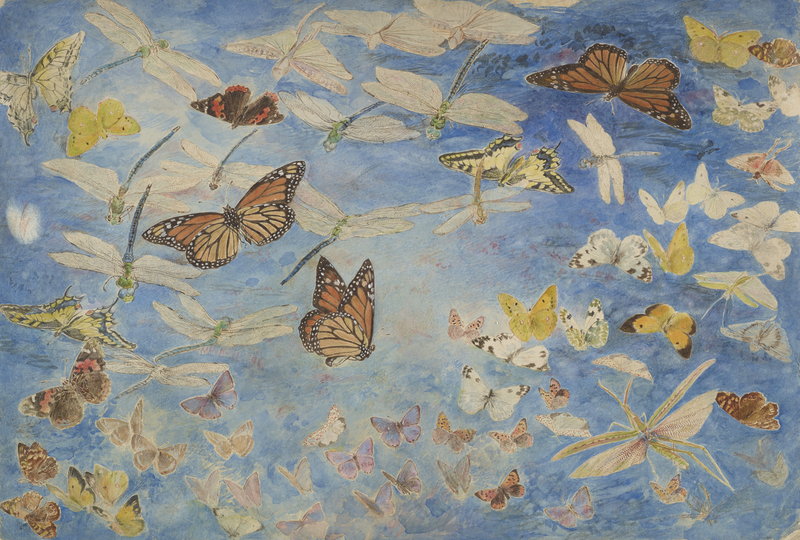
Iris and Asphodel
late 19th C–early 20th C
Christiana Jane Herringham (1852–1929) 
On the subject of female representation, Robert Anning Bell's The Listeners (1908) features several groups of women listening attentively by the waterside.
The Listeners
1906, watercolour on paper by Robert Anning Bell (1863–1933) 
Whilst initially appearing to be a conventional subject matter, of leisured women outdoors, this modern painting of 1906 disguises greater complexities – it speaks to the place of cleared space, echoes and silence in modernity.
Historically, sound had been regarded as a mysterious force of nature. However, from the nineteenth century, indeterminate or undetectable sounds became the subject of scientific investigation, for example, Thomas Edison's phonograph, 'voice-writer' or gramophone of 1877 which had made and replayed recordings.
The Listeners further demonstrates what reviewers called Anning Bell's 'curious combinations' – figures of women which combine contrasting themes: traditionalism and modernity, classical and romantic visual languages.
Frederick Cayley Robinson
The historically undervalued artist Frederick Cayley Robinson is central to the 'Modern Pre-Raphaelite Visionaries' exhibition. The artist's collection of works in the permanent collection at Leamington Spa Art Gallery & Museum are startling in their modern compositions and ominous psychological import.
A meticulously painted darkened interior, The Foundling (1896) showcases a drawer filled with intricately detailed objects.
Tension is created by the contrast between the thin, sickly child, with a visible wound, a glowing red fireplace surrounded by menacing firedogs, a bristly cat with scowling eyes and a V-shaped shadow which encroaches from the fireplace towards the girl. The room is filled with rich applied art and textiles referencing William Morris and the Arts and Crafts movement. Cayley Robinson carefully draws viewers into something seemingly known and comfortable, only to trouble and undercut any sense of security or ease.
Works such as The Farewell (1907) highlight Cayley Robinson's innovations in composition, figural distortions, strangeness and eclecticism.
A recurring and important subject in the artist's oeuvre is the interior. In quiet paintings of rooms, women are presented in heroic and profound guise, as seen in other works included in the show: The Close of Day (1896), The Foundling (1896), Barbara (1903) and The Old Nurse (1926).
The Close of Day
c.1898, oil on canvas by Frederick Cayley Robinson (1862–1927) 
The painting In A Wood So Green (1893), in which a damsel and a knight appear on horseback, is a striking example of Cayley Robinson's continuation of the Pre-Raphaelite aesthetic and subject matter.
Upon closer examination, the painting emerges as a complicated and eclectic modern artwork – it is not merely a work of revival. Instead, the painting experiments with visual combinations and techniques that are intellectually astute and engaged with the psychological and cultural interests of the moment.
The highly finished birch trees strike the viewer, prominent at the forefront of the picture, allowing the figures to be set back with a diffident or hesitant approach to the viewer. These trees reappear in a number of later works, including 'The Doctors' within The Acts of Mercy mural series (1914–1924) and Pastoral (1923, shown at the top of this piece).
Men, Women and Girls Standing in a Group Outside a Hospital
1916
Frederick Cayley Robinson (1862–1927) 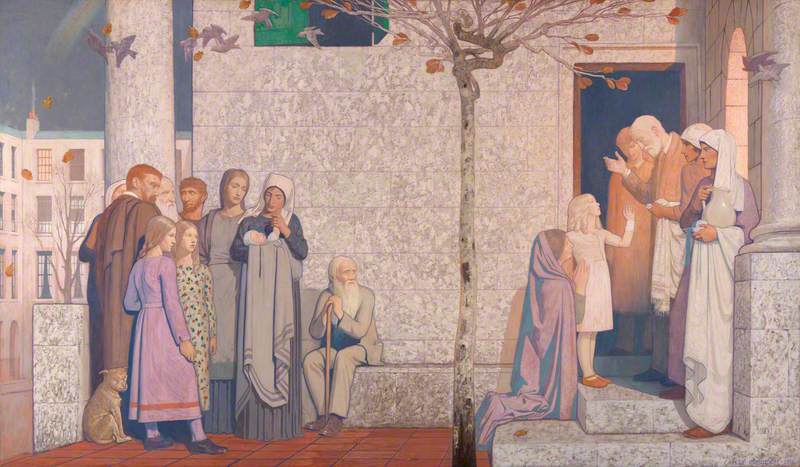
Similar trees feature in works by William Orpen, such as The Holy Well (1916) in the collection of the National Gallery of Ireland, and become a recurring framing device in a number of works coming from the Slade Art School, London in the early twentieth century.
The Holy Well
1916, tempera on canvas by William Open (1878–1931) 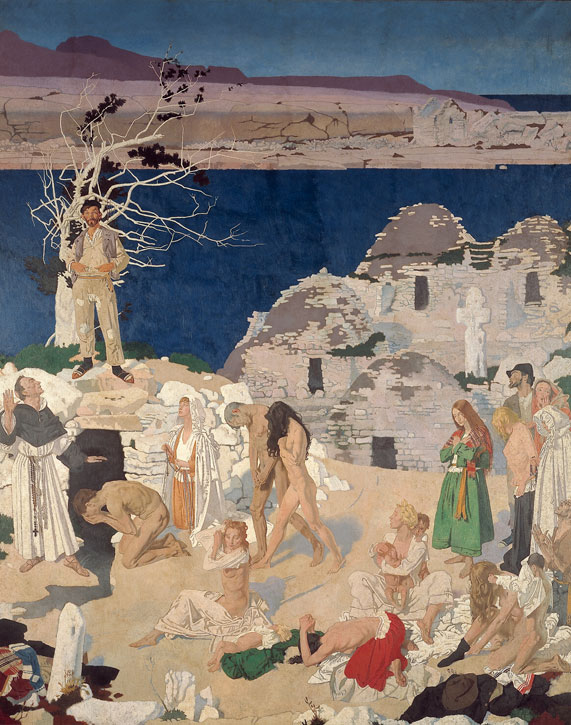
The wood is reminiscent of mystical areas in the background of Rossetti's Beata Beatrix (c.1864–1870), Edward Burne-Jones's The Mill, (1870), Walter Crane's The White Knight, (1870), and others.
A particularly moving, though less well-known, example is the female artist Elizabeth Eleanor Siddal's The Haunted Wood. Wife and muse to Rossetti, Siddal was the only female artist to exhibit with the Pre-Raphaelite Brotherhood. Her work is captivating through its mysterious subject and innovative use of watercolour to suggest layering and vagueness.
As seen in the works of Cayley Robinson and other artists in the show, Pre-Raphaelite imagery was constantly being reimagined and reinvented as a core visual language in relation to the modern world. These unfamiliar and undervalued Pre-Raphaelite works are beautiful, surprising, and increasingly relevant today.
Alice Eden, Research Curator and co-curator of 'Modern Pre-Raphaelite Visionaries: British Art, 1880–1930'
'Dreams and Stories: Modern Pre-Raphaelite Visionaries, British Art 1880–1930' opens at the Watts Gallery, Compton from 18th October 2022 until 28th February 2023
